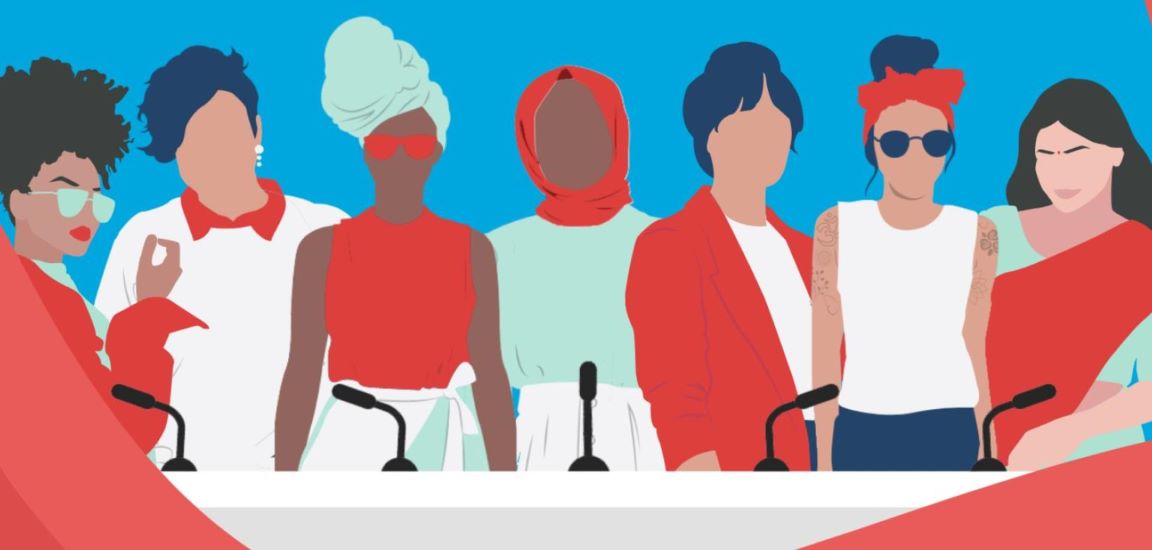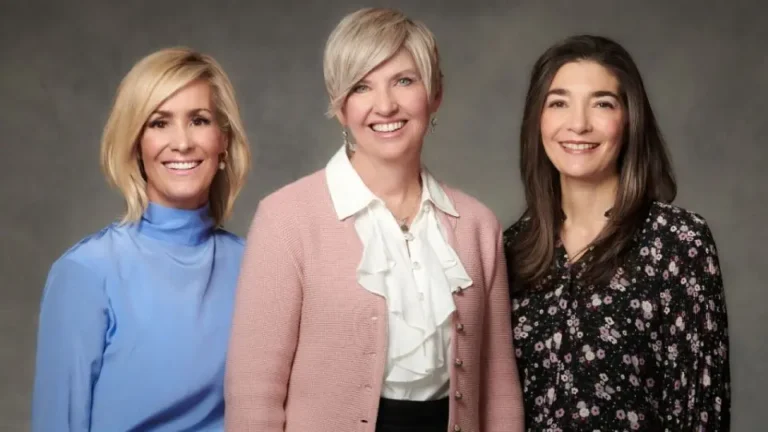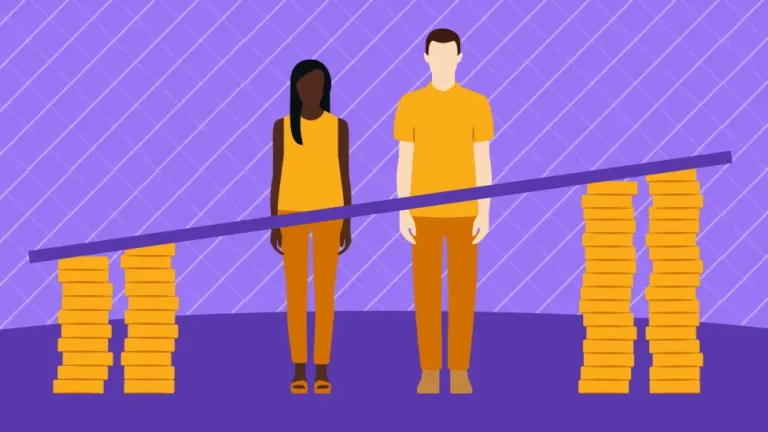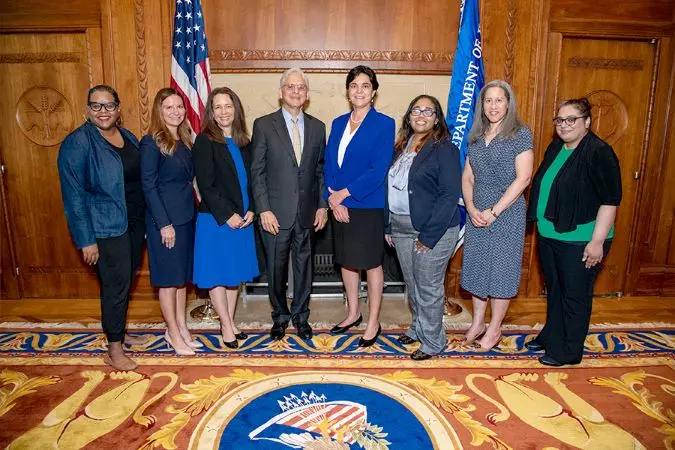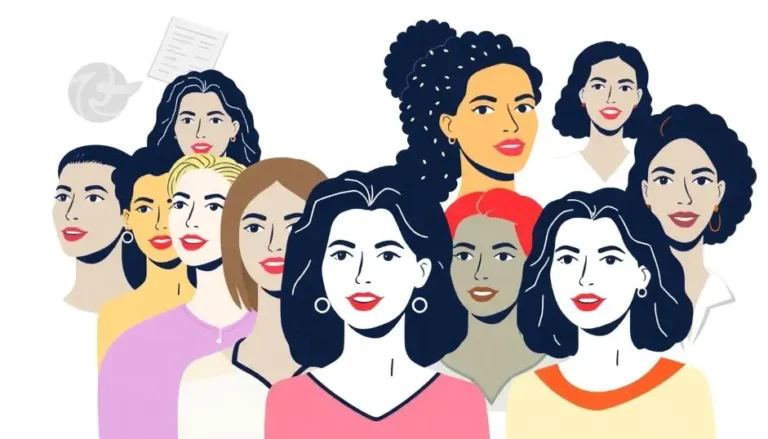Women’s participation in politics is crucial for a healthy democracy. Women bring unique perspectives and solutions to political issues, enhancing decision-making processes. Despite this, they face numerous challenges that hinder their involvement in political leadership roles.
Women worldwide encounter barriers such as societal norms, discrimination, and structural obstacles that limit their political opportunities. The trend of increasing female representation has not matched the growing need for gender equality in politics. Many nations still struggle with cultural attitudes that undervalue women’s contributions, leading to a persistent gender gap in political participation.
Efforts to empower women in politics are essential for achieving inclusive governance. Society can work towards a more balanced and representative political landscape by addressing these challenges. Only through understanding and tackling these issues can real progress be made in women’s rights and democratic participation.
Obstacles to Political Participation
Women face multiple challenges that hinder their participation in politics. These obstacles are deeply rooted in cultural norms, the electoral process, and media portrayals. Understanding these factors is essential to address the gaps in women’s political representation.
Cultural and Societal Barriers
Cultural attitudes often dictate the roles women are expected to play in society. Traditional views may limit their involvement in politics, viewing it as a male domain. Gender discrimination can manifest in various forms, such as discouraging women from pursuing leadership roles.
In many regions, violence against women, including gender-based violence, serves as a significant deterrent. This violence can be physical, emotional, or economic, creating an environment of fear. Additionally, intersectionality plays a role, where women from marginalized groups, including indigenous women, face compounded barriers.
Challenges in the Electoral Process
The electoral process poses significant obstacles for women seeking to participate. Many countries have implemented gender quotas to improve women’s representation. However, these quotas often come with complicated restrictions that can limit their effectiveness.
Moreover, practical challenges such as lack of funding and support for female candidates hinder their campaigns. Limited access to resources can leave women at a disadvantage against male candidates. There are instances where women face harassment or intimidation when they run for office, further discouraging participation.
Media Coverage and Gender Biases
The media plays a crucial role in shaping public perception of female candidates. Gender bias in media coverage can undermine women’s political aspirations. Women are often subjected to more intense scrutiny regarding their appearance and personal lives than their male counterparts.
Such biases can diminish the visibility of women in politics, affecting their chances of success. Reports often prioritize negative portrayals or sensationalize issues related to female candidates. This coverage can create a hostile environment, making it more challenging for women to enter politics and be taken seriously in their roles.
Strategies for Promoting Women’s Democracy
Promoting women’s democracy requires a multi-faceted approach that addresses barriers to women’s political participation and leadership. Key strategies include education and advocacy, strong legislative frameworks, and international collaboration to create more inclusive environments for women in politics.
Education and Advocacy
Educational initiatives are essential for building awareness and empowering women. Programs that focus on civic education help women understand their rights and responsibilities in a democracy. Advocacy efforts can increase visibility of women’s issues in political discourse.
Supporting women’s leadership through mentorship programs and training can also enhance their decision-making skills. Research shows that when women are educated, they are more likely to engage in politics. Organizations like UN Women provide resources and training to promote political empowerment.
Building community partnerships helps amplify women’s voices and create local networks for advocacy. This grassroots approach fosters greater political engagement, paving the way for more inclusive politics.
Legislative and Policy Frameworks
Strong legislative frameworks are crucial for advancing women’s participation in politics. Quotas for women’s representation in decision-making bodies can help ensure gender parity. Countries that adopt affirmative action policies increase the number of women in leadership roles.
Inclusive policies that address issues like childcare and family support also play a significant role. These policies allow women to balance work and home responsibilities, enhancing their ability to participate in politics.
Governments, along with the support of international organizations, must enforce laws that promote gender equality. Research indicates that political leaders who prioritize gender inclusivity create more stable and democratic environments.
International Support and Collaboration
International collaboration is vital for promoting women’s democracy worldwide. The United Nations and other global bodies underscore the importance of gender equality in their 2030 Agenda for Sustainable Development.
Collaboration between countries can foster best practices for women’s political participation. Shared resources, research, and funding can help implement effective strategies.
Peacebuilding efforts that include women are essential for long-term stability. Women’s involvement in peace processes has proven effective in many regions. Therefore, encouraging collaboration among women’s groups both locally and internationally can create a powerful movement for change.

